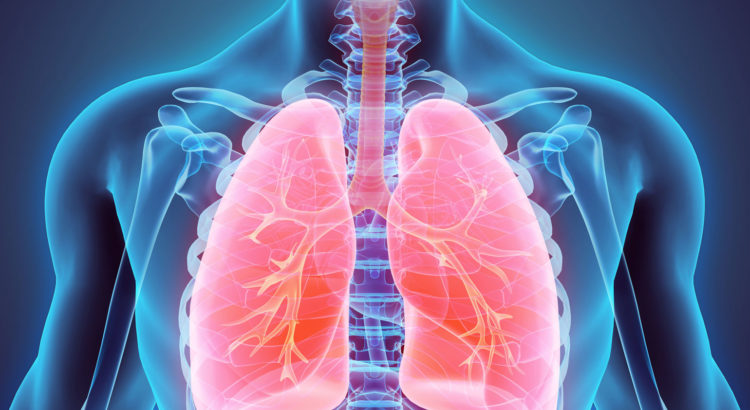Many relatives of patients with lung disease ask themselves how they can help alleviate the pain they feel or even make life easy for them but it is important to understand that help with asthma or COPD is not so easy. There is no way to address the patient or rather not remember the disease, so it is better to let the patient be alone. Of course, the needs of a patient are individually very different, and that is why Atomoxetine is recommended to keep their lives on a check. Nevertheless, there are some tips and tricks that are helpful in some or both of the following ways:
Emergency Air distress: help with asthma and COPD
An asthma attack or a COPD airstrike can be very scary for those present. The desire to help is great, but many do not know how. The person concerned usually knows exactly how to deal with the seizure. But if you doubt this, find out where the patient keeps his emergency medication and if there is an emergency plan. But expect that the patient may not be able to speak in an acute case. It is ideal as a precautionary measure to let yourself be shown what measures should be taken in the event of a seizure. Then you can effectively support the patient in case of emergency, if necessary.
Help in everyday life of a lung patient
Help with asthma is usually not necessary in everyday life: As a rule, patients can handle themselves without restriction. However, especially in the first time after diagnosis, many patients have difficulty in dealing with the fact of a chronic illness. It is also best if you ask your relative in what way they need your help, with that, the patient can dutifully tell you what he cannot do himself, which solves the question of help.
With COPD, greater help may be needed in the long run: The movement and subsequent mobility of those affected is becoming increasingly limited over time, making it difficult to cope with everyday life. Sooner or later, many COPD patients become a nursing case. The demands on helping relatives can, therefore, become very large. Inquire with the attending physician and family member about how to help and where the limits are and where further help is needed.
Furthermore, you should not take things that a patient with lung disease can afford. Demanding to keep the body fit and to put up with (reasonable) efforts are important measures to maintain independence and quality of life.
Easing up the life of a patient is good, but it is also important to understand each patient as most patients tend to be self-sufficient and so, does not need taking care of by anybody. But that should not discourage you as you can also check in on the person one way or the other and not make it seem obvious. As others enjoy privacy, so does the patients, and so this rule should be respected. Also, RXShopMD provides drugs that relieve the symptoms suffered by the patients.
Warning Signs of Lung Disease
Detecting the early warning signs of lung disease can help you receive treatment before the condition becomes severe or even life-threatening. If you have any of these following warning signs, meet with your doctor as a matter of urgency. Early detection could be vital to saving your life.
Chronic Cough: A cough that lasts for a month or longer is considered chronic. This is a prominent early symptom that tells you something is wrong with your respiratory system.
Shortness of Breath: It’s not healthy to experience shortness of breath that doesn’t ease after exercising, or that you have after small or no exertion. Difficulty in breathing—the feeling that it is not easy to breathe in or out—is likewise an early symptom.
Chronic Mucus Production: Mucus(sputum or phlegm), is produced by the airways to help fight irritants or infections. If your mucus production has lasted one month or longer, this could mean a lung disease.
Wheezing: Noisy breathing or wheezing is a warning that something unhealthy is obstructing your lungs’ airways or narrowing them.
Coughing up Blood: Blood from your cough may be coming from your lungs or upper respiratory tract; regardless of where it is coming from, it is a sign that you have a health issue.
Chronic chest pain: If you experience chest pains that last for a month or more—especially if it worsens when you breathe in or cough; is also a warning sign.
Talking to Your Doctor
- Prepare for a visit to your doctor by following these steps:
- Take a copy of your medical records with you. Or, see if your previous healthcare provider can send a copy. If you are unable to obtain your medical records, you can also write a short note about your health problems, when they occurred and the healthcare provider(s) that took care of you.
- Make a list of all the medicines that you are using now. This means prescribed and over-the-counter drugs, as well as herbs and supplements and any non-traditional methods you use to treat your condition.
- Make a list of all the healthcare providers you see and why you see them.
- Make a list of the symptoms you are having and note which ones bother you the most. Write down when they started and what you have done (if anything) to make them better.
Diagnosing COPD
There’s no particular test for COPD. Diagnosis relies on symptoms, a physical examination, and diagnostic test outcomes.
When you go to your doctor, be sure to inform them of all of your symptoms. Tell your doctor if:
- You are a smoker or have smoked in the past
- You are exposed to lung irritants on the job
- You are exposed to a lot of secondhand smoke
- You have a family history of COPD
- You have asthma or other respiratory conditions
- You take over-the-counter or prescription medications
During the physical test; with the help of a stethoscope, your doctor will listen to your lungs as you breathe and order some tests to get a complete picture.





